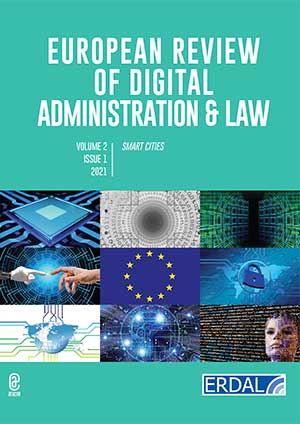DOI: 10.53136/97912599424327
Pages: 77-106
Publication date: October 2021
Publisher: Aracne
The aim of this article is to analyze, from the point of view of Administrative Law, the relationship
between two phenomena directly related to the quality of life of citizens in urban environments: a fundamentally
technological one (that of “smart cities”) and another physical one (that of climate change). Both phenomena
arise outside of legal reality. However, they are being elevated, with increasing intensity, to object of study for
the legal doctrine. The purpose of this attempt to approximate one phenomenon to the other, from the internal
perspective of the legal-administrative analysis, consists primarily of defining the elements that interrelate both
models of planning city environments to detect the utility, the risks and the legal margin that currently exist so
that the tools at the service of the so-called smart cities can contribute to the materialization and legal
crystallization of climate policies in cities.



